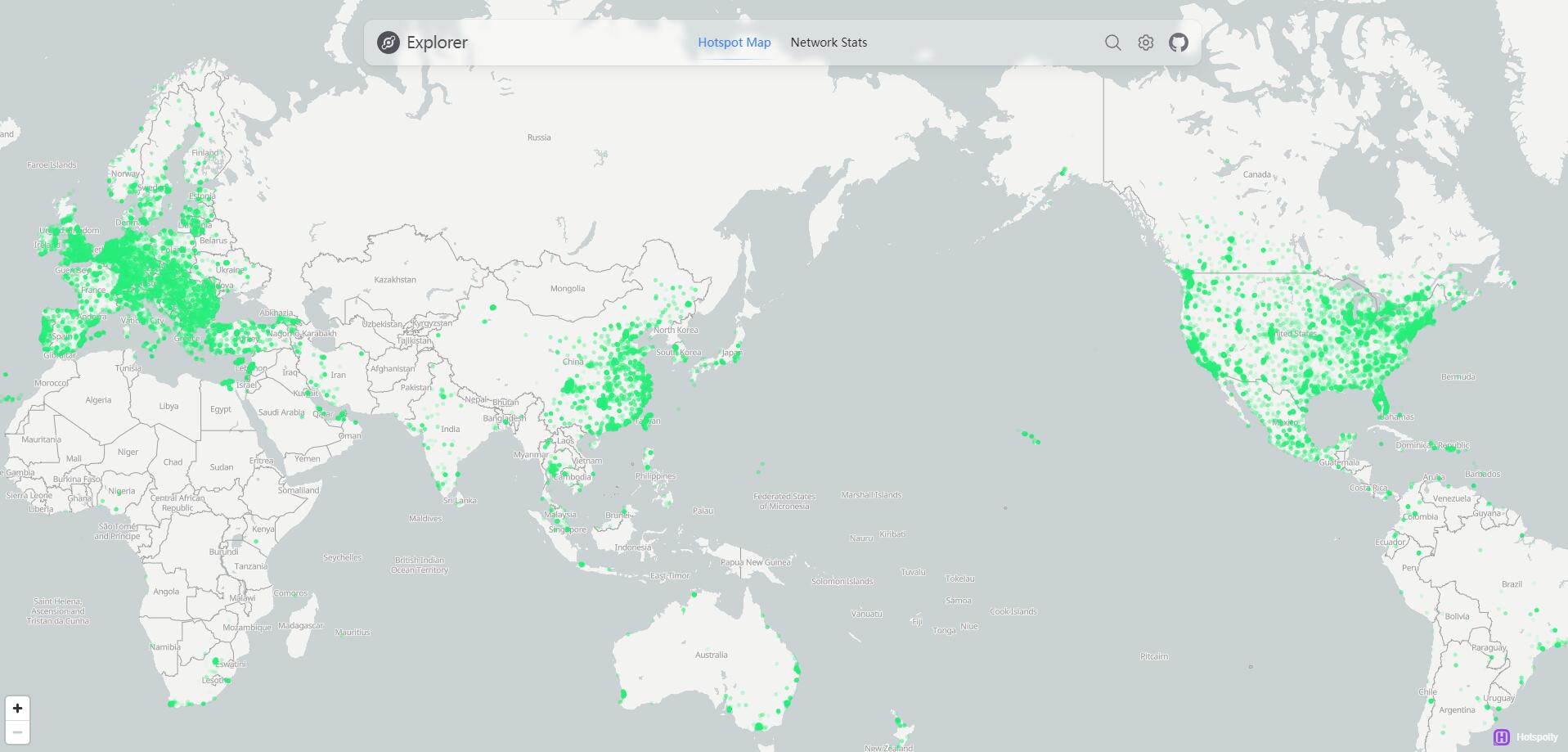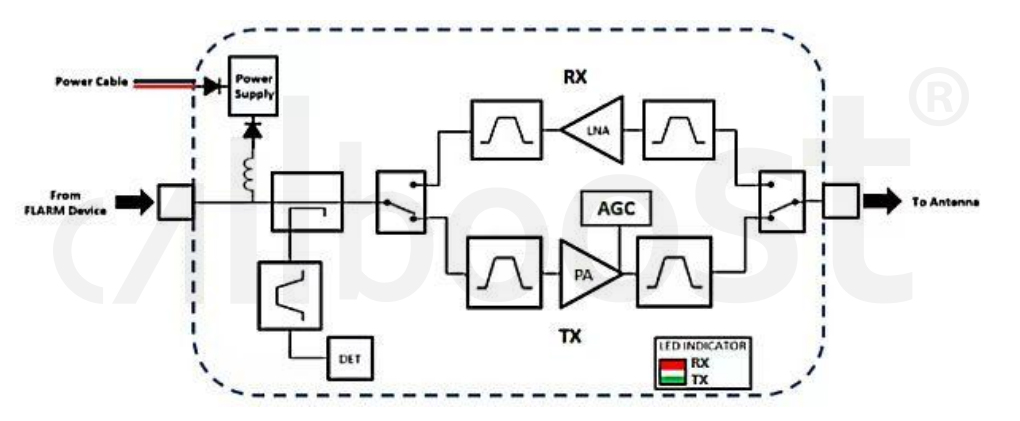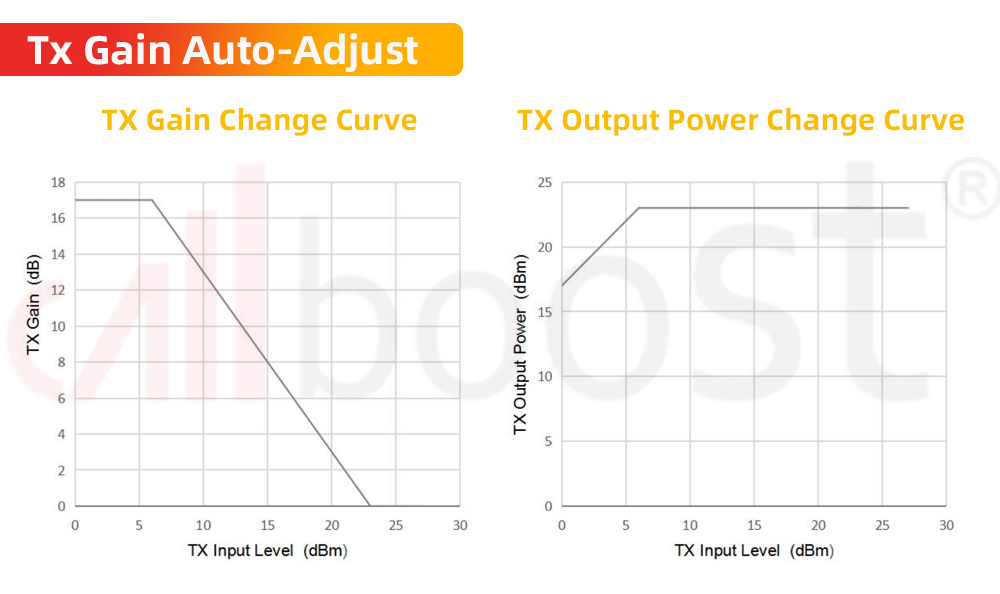What's LoraWan Network?
LoRa (Long Range) is a wireless modulation technique that allows for long-range communication at a low data rate, particularly suitable for applications in the Internet of Things (IoT). LoRa technology enables the creation of wide-area networks (WANs) with low power consumption and high penetration capabilities, making it ideal for environments where battery-powered sensors or devices need to transmit data over long distances.
LoRa networks are widely used in various IoT applications, including smart city solutions, agriculture monitoring, environmental sensing, asset tracking, and industrial automation, where devices often operate in remote or challenging environments.
What's Helium?
Helium is a decentralized wireless network designed for IoT devices. HNT helium network utilizes a blockchain-based system to incentivize individuals and businesses to set up and operate LoRa gateways, which form the backbone of the network. These gateways collect data from IoT devices and transmit it over the Helium network to the internet. The network operates on a cryptocurrency model, with rewards given to gateway operators in Helium tokens for their contributions to network coverage and data relay.

The distribution of the Helium network signal powered by LoRa technology represents a new paradigm in wireless connectivity. Its decentralized, community-driven, and incentivized model has resulted in a rapidly expanding global network that is reshaping the way IoT devices communicate and interact with the digital world. As the network continues to grow, it is expected to further enhance the connectivity of IoT devices across various sectors, including smart cities, agriculture, logistics, and more.
Principle Of Receiving Sensitivity Of Helium Hotspot Network
The elite network mainly uses LoRaWAN (Long Range Wide Area Network) technology, and its operating frequency band depends on the wireless communication regulations in the region. Globally, LoRaWAN technology can operate in the following main frequency bands:
868 MHz frequency band - This is the frequency band used in Europe and most Asian countries.
915 MHz frequency band - Mainly used in North America, South America, Australia, and New Zealand.
433 MHz frequency band - Used in some Asian and Eastern European countries, but not the official frequency band of LoRaWAN standard.
Hotspots or gateways in the Helium network are typically configured to use one of the aforementioned frequency bands for communication with LoRaWAN devices. For example, in the United States, Helium hotspots typically operate in the 915 MHz frequency band, while in Europe, they operate in the 868 MHz frequency band.
The selection of these frequencies is to ensure compatibility with local wireless communication regulations and maximize the propagation range and penetration capability of wireless signals, thereby achieving the long-distance communication characteristics of LoRaWAN technology. Due to the global nature of the Helium network, users need to ensure that they comply with the frequency specifications of their region when purchasing and deploying hotspots.
Principle Of Receiving Sensitivity Of Helium Hotspot Network
The reception sensitivity of HNT Helium network is largely determined by the LoRaWAN (LoRa Wide Area Network) technology it employs. LoRaWAN is designed to achieve high sensitivity by using spread spectrum techniques, which spread the signal over a wide frequency band to improve signal-to-noise ratio (SNR) and thus enhance the ability to detect weak signals. This sensitivity is crucial for ensuring that IoT devices can communicate reliably even from long distances or in obstructed environments.
Lora amplifier 868mhz flarm booster help you improve the receiving sensitivity of HNT Helium network,of course,it need lora 868mhz Antenna or 915mhz Antenna.
How To Use Lora Amplifier To Improve The Receiving Sensitivity Of Helium Hotspot Network
Using a LoRa amplifier to enhance the reception sensitivity of a Helium hotspot involves amplifying the incoming signal before it reaches the receiver. LoRa amplifiers work by boosting the strength of the received signal, which can help overcome the limitations imposed by distance or obstructions.
How it works?
Signal Reception: The LoRa amplifier receives the weak signal from the LoRaWAN device.
Signal Amplification: The amplifier then increases the signal’s power, effectively boosting its strength.
Signal Forwarding: The amplified signal is forwarded to the Helium gateway, where it is processed and transmitted over the network.
By using a LoRa amplifier, the effective range of the Helium hotspot can be extended, and the reliability of the network can be improved, especially in areas with poor signal quality.

The FLARM BOOSTER amplifies the 915MHz antenna signal by +17dB, and also increases the transmit signal of the FLARM device by 17dB, increasing the monitoring range of the FLARM device by about 5 times.When the TX transmit power is greater than 23dBm, the AGC will be activated to attenuate the TX gain to stabilize the TX transmit power. The working power of the Booster is DC + 5V ~ + 24V, which can be powered from the DC power socket by the power adapter, or can be powered from the FLARM RF port by the Basi Tee.

Callboost 868mhz flarm booster or 915mhz flarm booster is the best choice to help you enhance your helium network signal. With 0-17dB auto-adjust of TX,AGC and ALC control, build in saw-filter make it perfect for enhancing HNT newtork signal of HNT hotspot miners.

What Will You Get If Using a Lora Amplifier (868mhz flarm booster)
Enhanced Reception: LoRa amplifiers ( Lora 868mhz Flarm Booster ) significantly improve the reception of weak signals, allowing for better communication in challenging environments.
Longer Range: By amplifying signals, the operational range of LoRaWAN devices and networks can be extended, facilitating wider coverage.
Improved Reliability: Enhanced signal strength translates into more reliable data transmission, reducing packet loss and improving overall network performance.
Energy Efficiency: By improving the signal-to-noise ratio, LoRa amplifiers can help IoT devices conserve energy, as they don’t need to transmit at maximum power to be heard by the network.
Cost-Effective Solution: For expanding network coverage or improving signal quality, LoRa amplifiers offer a cost-effective alternative to deploying additional gateways or infrastructure.
In summary, LoRa amplifiers are powerful tools for optimizing the performance of LoRaWAN networks, such as the Helium network, by improving reception sensitivity and ensuring that data can be transmitted reliably over longer distances or through difficult environments.
